Reassessment Justified as Assessee Failed to Prove Goods Moved from Shell Companies to Him
- News|Blog|Income Tax|
- 2 Min Read
- By Taxmann
- |
- Last Updated on 16 January, 2025
Case Details: Abhishek Bansal vs. Income-tax Officer - [2025] 170 taxmann.com 296 (Delhi)
Judiciary and Counsel Details
- Vibhu Bakhru, ACTG. CJ. & Tushar Rao Gedela, J.
-
Shahrukh Ejaz, Abhishek Kukkar, Ms Palak Singh Parihar & Ms Jahnavi Singh, Advs. for the Petitioner.
-
Gaurav Gupta, Sr. Standing Counsel, Shivendra Singh & Yojit Pareek, Advs. for the Respondent.
Facts of the Case
A reopening notice under section 148A(b) was issued upon the assessee on the grounds that the assessee had made purchases from an individual, the sole proprietor, which was not a genuine entity and the payments received in the bank account were withdrawn in cash.
The assessee contended that he was not granted seven days to file a response to the notice issued under section 148A(b) and filed a writ petition before the Delhi High Court.
High Court Held
The Delhi High Court held that in the instant case, the assessee was required to clearly show the movement of goods to establish that the goods had moved to the petitioner. However, the assessee did not appear to provide such information to the Assessing Officer (AO).
After taking note of the response submitted by the assessee, the AO issued an order holding that it was a fit case for issuance of notice under section 148. The AO also noted that the dealer’s Goods and Service Tax Identification Number (GSTIN) was cancelled as the concerned authorities found that the entity was not involved in actual business activities but were mere shell entities.
The contention that the assessee was not afforded sufficient time to file a reply to the notice issued under section 148A(b) is unpersuasive. The said ground appeared to be an afterthought as the assessee had not requested further time to file a response to the said notice. On the contrary, the assessee had filed his response to the said notice within the stipulated period.
Clause (b) of section 148A does not stipulate that the assessee is required to be provided minimum of seven working days. The assessee is required to be provided notice not being less than seven days but not exceeding thirty days for furnishing his reply. However, in the instant case, the assessee did, in fact, file his reply within the specified period and, therefore, he cannot make any grievance at this stage of not being provided sufficient time to do so.
Accordingly, the petition was dismissed.
Disclaimer: The content/information published on the website is only for general information of the user and shall not be construed as legal advice. While the Taxmann has exercised reasonable efforts to ensure the veracity of information/content published, Taxmann shall be under no liability in any manner whatsoever for incorrect information, if any.

Taxmann Publications has a dedicated in-house Research & Editorial Team. This team consists of a team of Chartered Accountants, Company Secretaries, and Lawyers. This team works under the guidance and supervision of editor-in-chief Mr Rakesh Bhargava.
The Research and Editorial Team is responsible for developing reliable and accurate content for the readers. The team follows the six-sigma approach to achieve the benchmark of zero error in its publications and research platforms. The team ensures that the following publication guidelines are thoroughly followed while developing the content:
- The statutory material is obtained only from the authorized and reliable sources
- All the latest developments in the judicial and legislative fields are covered
- Prepare the analytical write-ups on current, controversial, and important issues to help the readers to understand the concept and its implications
- Every content published by Taxmann is complete, accurate and lucid
- All evidence-based statements are supported with proper reference to Section, Circular No., Notification No. or citations
- The golden rules of grammar, style and consistency are thoroughly followed
- Font and size that’s easy to read and remain consistent across all imprint and digital publications are applied
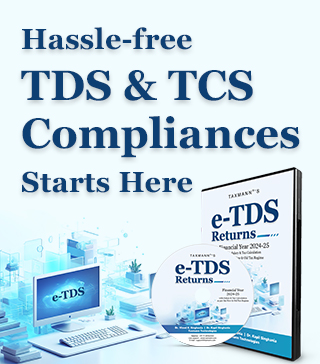
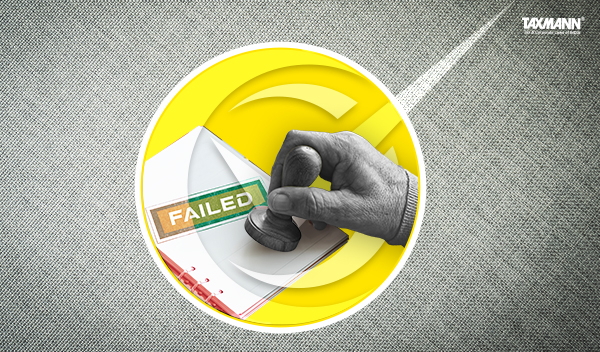
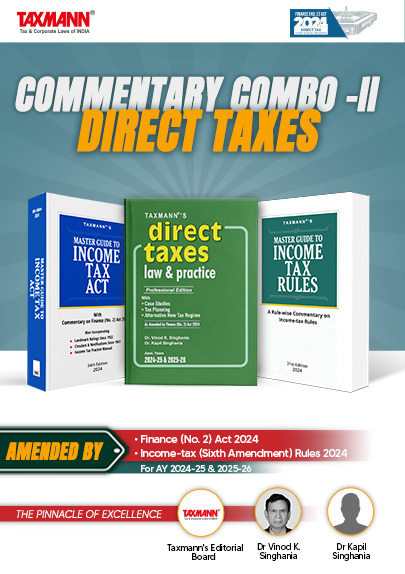
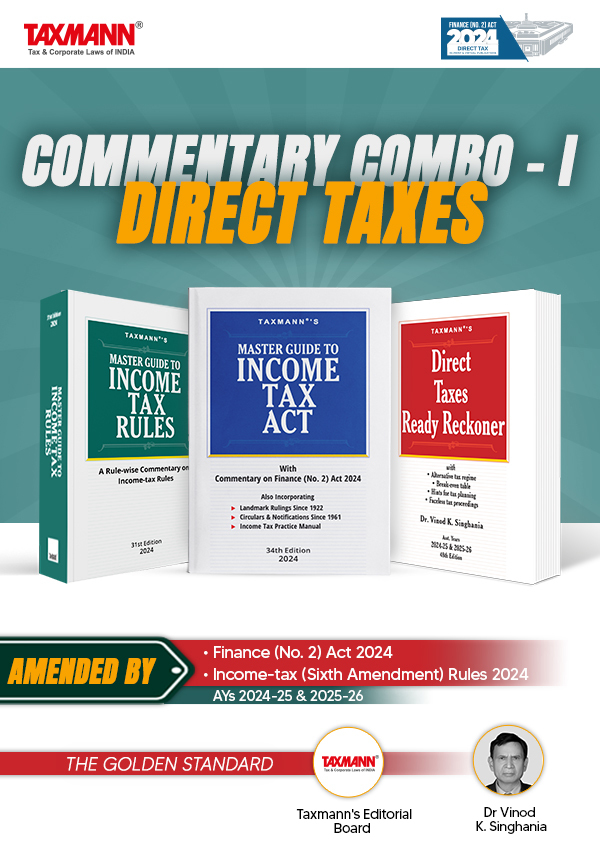
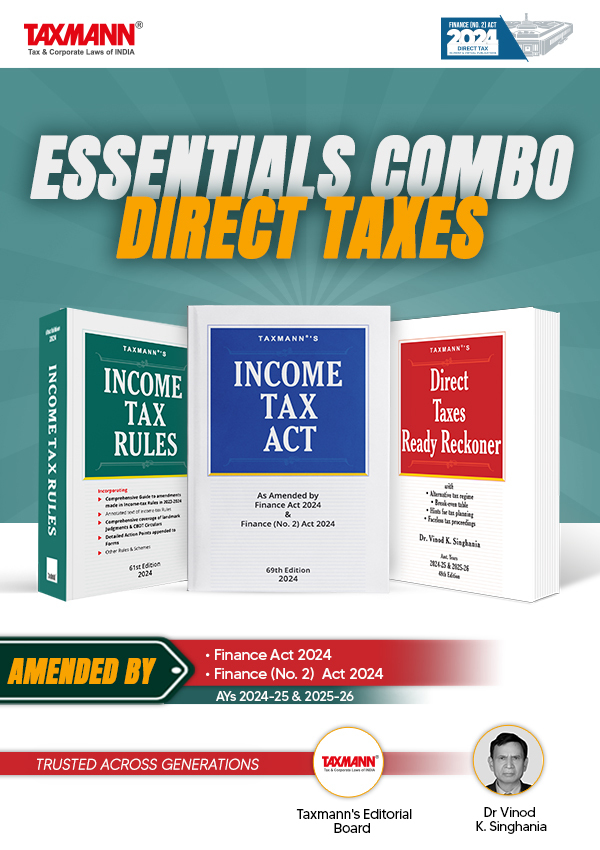
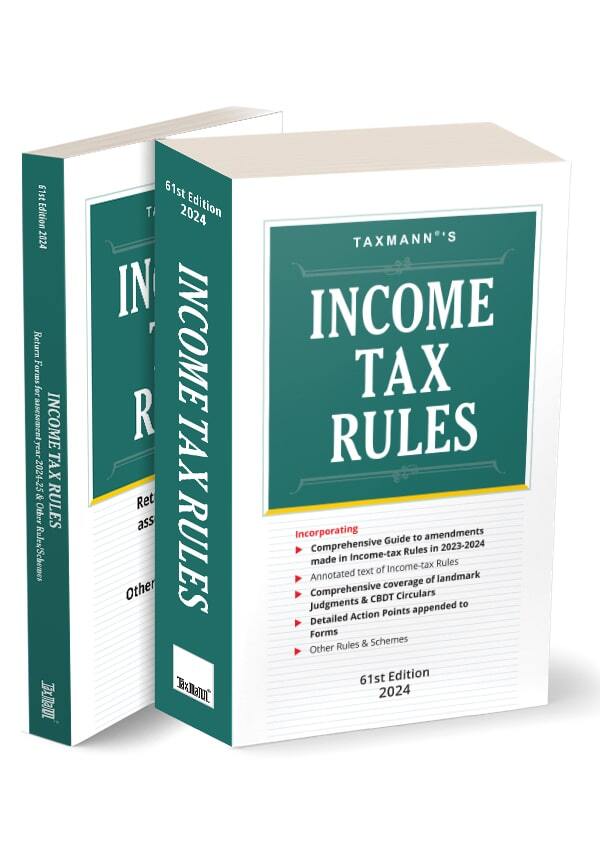


 CA | CS | CMA
CA | CS | CMA


